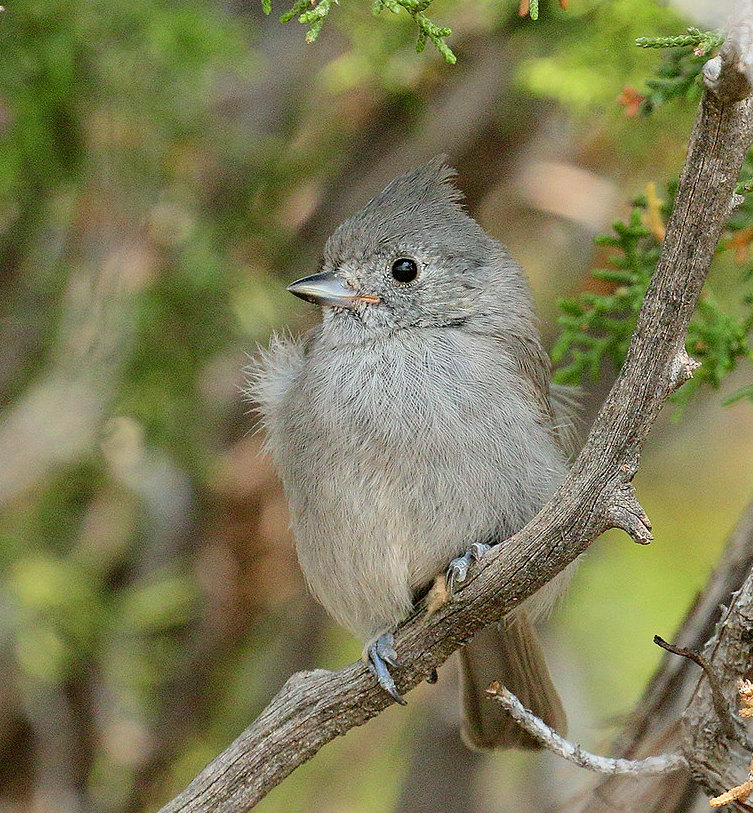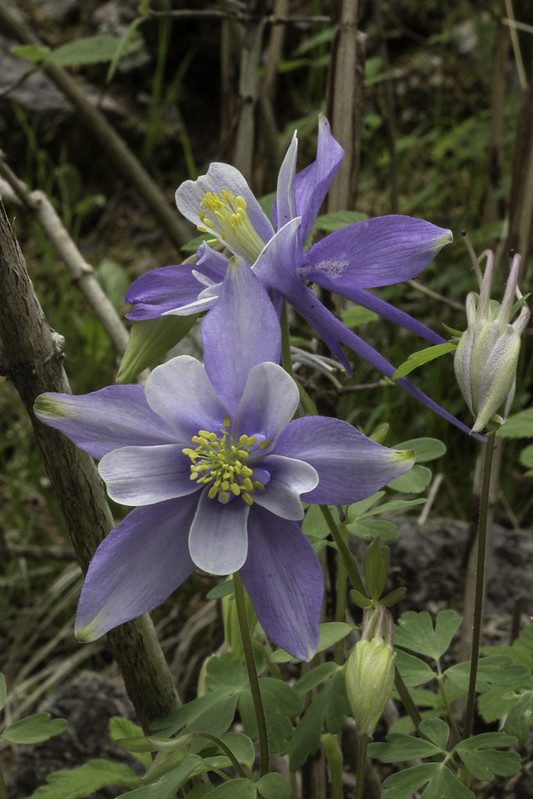
To kick off summer, we’re focusing on the signs of the season this week in Take It Outside.
Now that school’s out, it’s also a great time to work on PEEC’s Passports to the Pajarito Plateau if you haven’t finished them yet. When the nature center opens again, bring them in to collect all the prizes you’ve been earning! If you don’t have a Passport booklet, you can order one for curbside pickup from our online shop. They are free, but you will need to go through the ordering process to request one. We also have some trail guides and maps available for curbside pickup.
Summer Nature Challenge:
We’re issuing a special summer nature challenge starting today! This challenge will run for nine weeks. Every week, participants who complete the challenge can earn a sticker. If you finish all nine weeks, you’ll earn a bonus sticker!
We are finalizing the sticker designs now and will be ordering them soon and figuring out the pickup process. We’ll keep you updated on that, but you can get started now!!
Download the challenge sheet here to print out and complete at home. At the end of the challenge, you can either bring it to the nature center or mail it to us at 2600 Canyon Rd, Los Alamos, NM 87544.
If you don’t have a printer or prefer to work online, you can tell us about your experiences in the Google Form below or email us your stories and pictures to takeitoutside@peecnature.org.
Blog Post:
Every year, Bandelier National Monument brings in an intern to help with bird banding efforts and education about bird biology through the summer breeding and fall migration seasons. Today, meet this year’s intern, Zoë Moffett, and learn all about fledgling birds in her blog post!
Outdoor Challenges:
We’re posting three outdoor challenges today that you can enjoy throughout the week! Each one focuses on a different sign of summer that you can observe outside.
Tell us about your experiences with one, two, or all three of them! You can do this in the Google Form below, by writing or drawing about them on our summer challenge sheet, or by sending an email to takeitoutside@peecnature.org.
Challenge #1:

Throughout the summer breeding season, we can see baby birds in our area. Learn more about baby and juvenile birds in this week’s blog post. To recognize a juvenile or fledgling bird, look for:
- Feathers that are often duller or streakier than their adult counterparts. Young birds can’t fly as well as adults, and their streaky plumage helps them camouflage and escape predators.
- A fluffy look. Baby birds are transitioning from downy to sleek plumage, so they often look a little scruffy. They are in the bird version of a human’s awkward teenage years!
- Short tails, if their long, sleek tail feathers haven’t grown in yet.
- Begging behavior. Sometimes you’ll see them following a parent, begging for food. You might see the juvenile flapping its wings, making noise, and holding its mouth open. Watch to see if the parent feeds its youngster!
- Awkward movement. Baby birds’ motor skills are developing, just like the young of other species.
Make sure to keep your cats inside, especially at this time of year when baby birds are especially vulnerable. If you see a fledgling bird acting helpless, it probably doesn’t need your help, and it is usually best to leave it alone. But you can observe it from a distance and take a picture. We’d love to see it, send it to us at takeitoutside@peecnature.org or tag us on social media (@peecnature on Facebook and Instagram)!
Challenge #2:
At this time of year, you’ll notice a few changes in the weather. Try tracking one or both of the following over the next several weeks:
- Cloud cover over the course of a day. In New Mexico, clouds build up over the course of a day as heat from the sun causes air masses to rise until they cool down enough for moisture to condense. What time do you notice clouds forming in the sky? What time is the maximum cloud cover? How much of the sky is covered at this point? Use this chart to help you decide.
- Dewpoint temperature. The dew point is the highest temperature at which condensation will occur, and it depends on the amount of water vapor in the atmosphere. The more water there is in the atmosphere, the higher temperature at which water vapor will condense into droplets. Dew point is a good predictor of our monsoon season here in New Mexico: when the dew point rises to about 45°F, there is enough moisture in the air for monsoons to begin. If you have a thermometer, try measuring the dew point yourself with this simple experiment involving a metal can, some water and a few ice cubes! What variations do you notice over the course of a few days or weeks?
Challenge #3:

Summer flowers and plants are starting to come out as well. Flowers are great for sketching and observing closely because they hold still! Check out this video from John Muir Laws for some tips on how to get started drawing plants and wildflowers.
If you’re interested in learning about what wildflowers are popping up during the summer in Northern New Mexico, you can check out PEEC’s Wildflower Guide, which will show you what should be blooming now. We also recommend checking out Craig Martin’s Jemez Mountains Plants blog. He updates it fairly regularly and shares the flowers he finds on his adventures.
Want to Learn More?
- The New Mexico Wildlife Center has some tips on their website for what to do if you find an injured or orphaned bird or animal. Learn more here. If you do find an injured or orphaned bird, PEEC recommends calling the Wildlife Center for advice or to coordinate a drop-off.
- The National Audubon Society also has some great tips on when you should — or should not — rescue a baby bird.
- We are at a pretty high altitude here on the Pajarito Plateau! It’s always good to be prepared when hiking with plenty of water, sunscreen, and fuel, but this is especially important in our hot summer months. Get some tips on high altitude hiking from REI here.
Share Your Experience:
Tell us about your outdoor experiences! We’d love to see your photos, too. Please send them to takeitoutside@peecnature.org or share them on Facebook or Instagram with the hashtag #peectakeitoutside. If you’d like this to count for the Summer Nature Challenge, be sure to include your name and email address.
